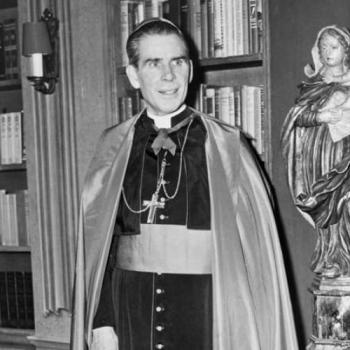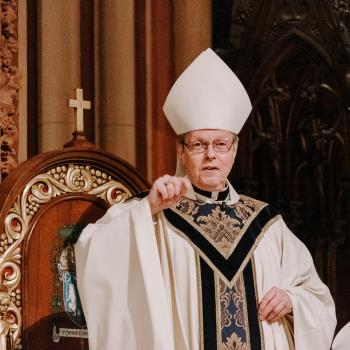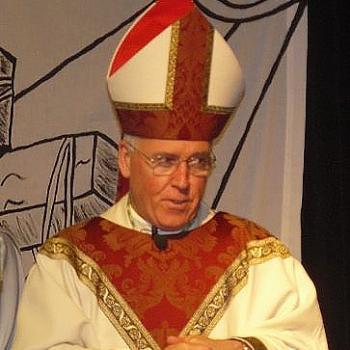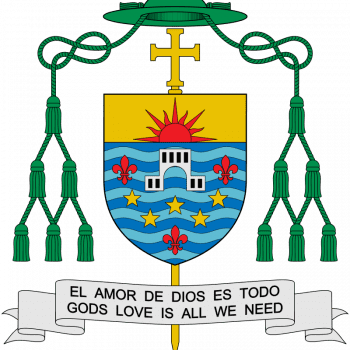Over at NCR, Tom Roberts looks at these two leading American prelates—both Capuchins, former classmates, now among the most prominent archbishops in the United States—and sees two different views of the church. He comes to this conclusion:
The contrasts in the two prelates are apparent and have to do with personality as well as ecclesiology and theology. Over the long haul of history, the church perhaps needs all types of leaders, including the exceedingly pessimistic. But given the realities of the current era and the fact that most bishops would line up behind one model or the other, it is fair to ask: Who would you prefer to follow? What kind of church would most people be inclined to enter? What kind of community would most of us prefer to join?
Is it the one led by the cardinal whose principal texts seem to be Scripture and his life? Or is it the one led by the archbishop who seems to lean heavily on a neoconservative understanding of history, memorized catechism answers, and an endlessly gloomy critique?
Are we more likely to be attracted to the invitation into a life, a story if you will, of transformative love, rats and all, or one in which the criticism of our lives, beliefs, efforts and culture is relentless and without much hope?
One hopes it is not without consequence that during the same week Chaput was delivering his sermon of doom and condemnation, the pope spoke about “becoming slaves to our sorrows.” Reflecting on the day’s readings, Francis said, according to a Vatican summary, “It all speaks of joy, the joy that is celebration.” Yet, “we Christians are not so accustomed to speak of joy, of happiness. I think often we prefer to complain. … Without joy, we Christians cannot become free, we become slaves to our sorrows. The great Paul VI said that you cannot advance the Gospel with sad, hopeless, discouraged Christians. You cannot.”
The critique, of course, is essential. It has always been an element of Christian life. But at some point, the more difficult task of leadership has to surface. The community must be invited into the larger story. It has to be inspired to live something more, to be transformative, or it withers away. It has to have reason to place its faith and hope in something other than sarcasm and a bitter list of complaints.
UPDATE: A deacon reader writes:
When you put up a piece like this, and the linked article is so biased against Chaput, I truly believe it is a disservice to all. There are obvious differences between the two, but the NCR article patently favors Omalley w/o in my view doing justice to Chaput. He is much more complex than the ogre he is portrayed as by NCR, and w/o any comments allowed, or any critical analysis of the NCR position, I believe it is unfair. Chaput had great success in Denver, and is a very articulate bishop. He may not emphasize a pastoral sense as O’Malley, but he surely has many strengths. The NCR article does little to give all sides.
For whatever its worth. Here is fine article by Chaput that I believe shows his strength in communicating difficult issues.











